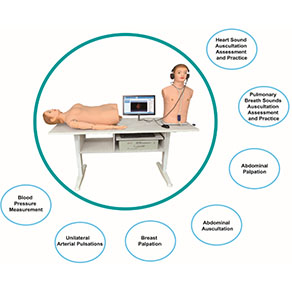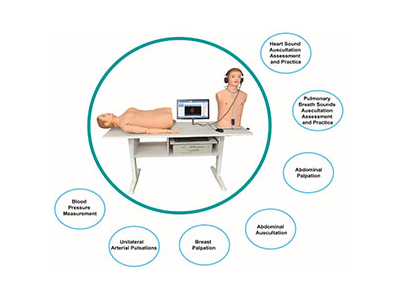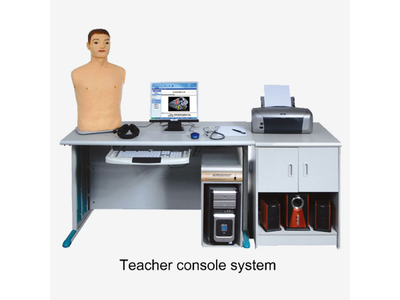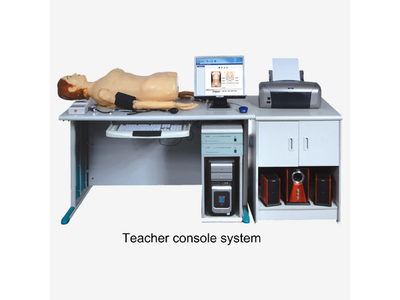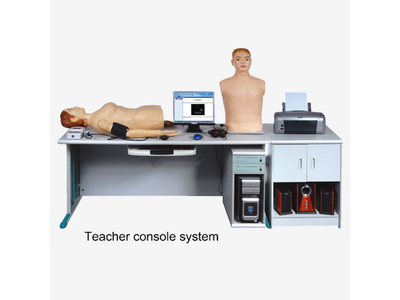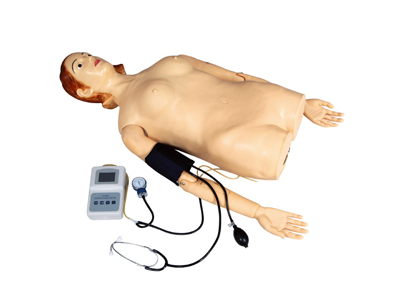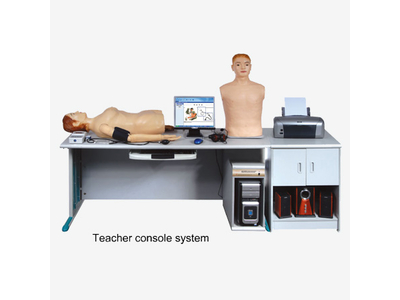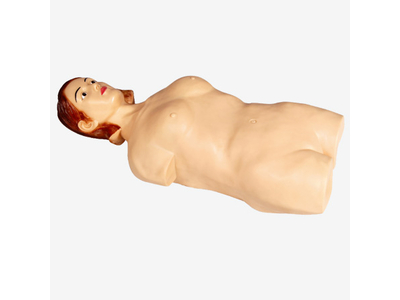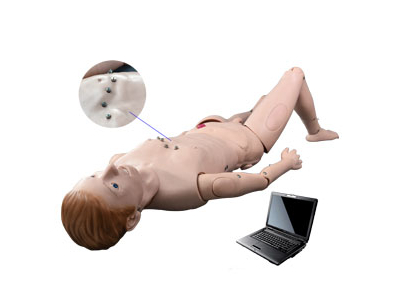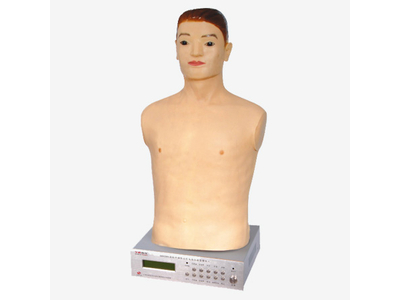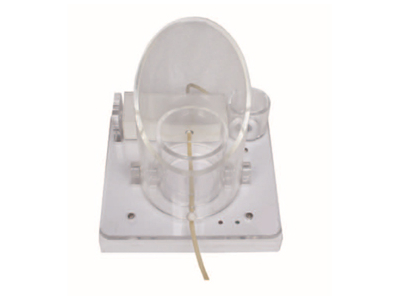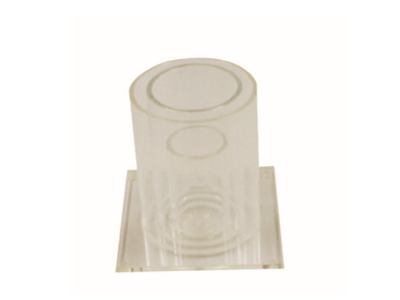Danh mục sản phẩm
Hỗ trợ trực tuyến

02633.602.435

0912.934.349
Kết nối với chúng tôi
Thống kê truy cập
- Đang online 0
- Hôm nay 0
- Hôm qua 0
- Trong tuần 0
- Trong tháng 0
- Tổng cộng 0
Hệ thống giảng dạy kiểm tra lâm sàng kỹ thuật số thông minh
GD/TCZ9920
Trung Quốc
12 tháng
Model:GD/TCZ9920
Hãng sản xuất: General Doctor
Tiêu chuẩn: ISO
LH 02633.602.435
Product Description:
This type of system is a three-in-one system, which is consisted of auscultation and palpation of cardiopulmonary, abdominal palpation and auscultation and blood pressure measurement. Its functions and features include on-line education, totally software settings. When exit education system, you can enter other software systems. The system provides multiple teaching methods, including synchronous teaching, independent practice and review for students; network on-line examinations (options of randomize examination paper or teachers arrange the paper), class management, results query, results print; connection with video presenter or large screen TV teaching. It is convenient to maintain and the system is easily updated.
Features:
I. Functions and features of chest cardiopulmonary auscultation and palpation simulated human: the simulated human is standard half-length standing male, which could be rotated and easily disassembled and maintained. The inner cavity is made of imported PVC material through casting by stainless steel mold. Lifelike skin is made of imported plastic cement material through high temperature casting by engraved steel mold, which is high and low temperature tolerant (+60℃~-40℃). It is in-deformable and flexible. Auscultation simulated human adopts landmark technology, totally solving the problem of tone changes of cardiopulmonary sound. It also adopts mix audio techniques, which realistically recurs auscultation signs. Meanwhile, it is available to realize trill palpation on respondent regions of the simulated human.
Basic auscultation: heart part: vividly display hundred kinds of cardiac sounds auscultation, including heart rate, heart rhythm, cardiac sound changes and extra cardiac sound, murmur, pericardia friction sound as well as illustration and auscultation of rare heart diseases. Meanwhile, it is available to realize auscultation of cardiac sounds transmission and palpation of trill on respondent regions of simulated patient.
Lungs part: It breaks the limitation of less auscultation areas previously, realizing whole-lung auscultation. This groundbreaking improvement enables auscultation signs more realistic. It supports more than 70 kinds of cardiac sounds auscultation, including normal cardiac sound, abnormal cardiac sound and adventitious sound, etc. At the mean time, there are relevant vivid pictures, and animation to illustrate lungs auscultation methods and auscultation content.
Auscultation identification:
Heart part: gather 11 kinds of triple rhythm. Teachers and students can choose any two kinds of cardiac sounds to compare, making teaching more interactively. Meanwhile, comparing with other confusing cardiac sounds. There are two contrastive cardiac sounds on relevant regions of simulated human, strengthening learning effect.
Lungs part: carefully select a dozen of auscultation identification and illustrate them with diagrams. Two confusing sounds could be heard on bilateral lungs of simulated human. Comparison is more direct. It is very effective.
II. Functions and features of abdominal palpation and auscultation simulated human: the simulated model is three-quarters supine female body. The inner cavity is made of imported PVC material through casting by stainless steel, which is light and tough. Simulated skin is made of imported plastic cement material through high temperature casting by engraved steel mold. It is high and low temperature tolerant (+60℃~-40℃), in-deformable and flexible.
Abdominal respiration will display on simulated patient’s abdomen. Diaphragm rises to lower abdomen when inhaling while subsiding naturally when exhaling. Subphrenic organs go ups and downs with respiration. There are tenderness and rebound tenderness. The simulated human will show signs like letting out a wrenching cry when touching the pain points and respiratory depression. Each palpation sign shift lasts for about 30 seconds. Liver enlarges, 7 cm under the rib. It is available to show different combinations of liver, spleen and cholecyst enlargement. Lumps and nodules could be palpated. It is applicable for auscultation of normal bowel sounds, active bowel sounds and vascular murmur of stenosis of renal artery.
Function of blood pressure measurement: the model is adult arm. Its physical characteristics are obvious and anatomical position is precise, which could be used to measure blood pressure. It is available to set up systolic pressure, diastolic pressure, pulse rate and auscultation intervals. Volume of korotkoff sound is adjustable.
Function of unilateral arterial pulsations: adult arm arterial pulsations, physical characteristics is obvious. Anatomical position is precise. It is available to set up pulses frequency on this software system.
Function of abdominal palpation:
Liver palpation: the texture of liver is divided into soft, and tough. Liver enlarges, which could reach 7cm under the rib. It is available to conduct normal or different levels of swelling and palpation of livers with various texture.
Spleen palpation: simulated patient will show corresponding signs with spleen palpation content selected. It is available to palpate different levels of spleen enlargement. Mild enlarged spleen could be palpated during right arm reclining. Splenic notch could be palpated for bigger spleen.Cholecyst palpation: it is available to conduct palpation of normal or cystic enlargement. Simulated human will let out a cry of “ouch” when conducting cholecyst tenderness positive examination; he will let out a cry of “ouch” and suddenly holds his breath when conducting Murphy sign positive examination.
General palpation of liver, cholecyst and spleen: dozens of common joint signs of liver, cholecyst and spleen are designed for students palpation practice on the basis of anatomical and pathophysiological characteristics of abdominal organs, which could strengthen their comprehension of the relationship between internal organs.
Common disease tenderness and bound tenderness: it is available to palpate diseases tenderness of gastric ulcer, duodenal ulcer, pancreatitis, appendicitis, sigmoiditis, etc.
Breast palpation: differentiate and compare the sizes and positions of lumps of common benign tumor and malignant tumor, lymph gland node, lobular hyperplasia of galactophore.
Abdominal auscultation function: it is available to conduct auscultation of normal bowel sounds, increased bowel sounds and vascular murmur of stenosis of renal artery.
III. Multimedia teaching systematic software for cardiopulmonary: the software makes more than 120 synchronized multimedia animation, over 30 videos, over 130 cadiophonograms and a large amount of anatomical pictures and electrocardiograms through multimedia technology. Meanwhile, it integrates lifelike heartbeat and valves activity, which could be observed by students in the class. Simultaneously, clinical cardiac sounds and respiratory sounds of corresponding regions collected could be auscultated, making teaching experience vivid and funny.
Basic auscultation:
Hear part: including heart anatomy, theoretical knowledge interpretation of auscultation valve areas and auscultation of normal sounds, extra cardiac sounds, murmurs and rare heart diseases, etc., which could be vividly reflects hundred kinds of cardiac sounds auscultation signs. It mainly solves important contents like cardiac sound generating mechanism, auscultation areas, auscultation features, murmur generating period and transmission direction that students shall command.
It is available to conduct auscultation identification of cardiac murmur transmission.
It is available to conduct cardiac sound auscultation only or mixed auscultation of cardiac and respiratory sounds which is more close to clinical operation.
Lungs part: including lungs anatomy, theoretical knowledge interpretation of pulmonary alveoli structures and functions and auscultation of over 70 kinds of respiratory sounds, including normal respiratory sounds, abnormal respiratory sounds, extra sounds and pleural friction sounds of adult and children. It mainly solves important contents that students shall command, including respiratory sounds generating mechanism, auscultation areas and auscultation features.
Auscultation identification:
Heart part: it gathers 11 kinds of triple rhythms. Lecturers and students could choose two cardiac sounds to compare, making teaching more interactive. Meanwhile, compare with other confusing cardiac sounds. There are two comparative cardiac sounds on corresponding areas, which is helpful to strengthen learning effect.
Lungs part: carefully select a dozen of respiratory sounds identification and illustrate with diagrams. Two confusing sounds could be auscultated on bilateral lungs of simulated patient. Comparison is more direct and the it is effective.
Auscultation examination and practice:
Multimedia intelligent tests and question bank are designed in according to syllabus requirements. Whose difficulty level is appropriate. Numbers of questions and test duration could be set on your own. Simulated human will react corresponding signs in line with questions for students’ auscultation practice and examination. Computer records test procedures, automatically counts test results and shows correct answers. The design of this question bank reflects advanced teaching methods of repetitive and intensive training, which is appropriate to self study and review.
IV. Multimedia teaching systematic software of abdominal palpation and auscultation: the software integrates over 50 videos and a large amount of pictures and animations through multimedia technologies, realistically reflects anatomical features of liver, spleen and cholecyst. It vividly shows liver, spleen and cholecyst palpation mechanism and key points of skill commanding. It is interspersed with pictures, interactively controlled with simulated human, greatly combining theory and practice. Multimedia intelligent examination and practice question bank highlight advanced teaching methods of repetitive practice and strengthening training.
Liver palpation: including liver anatomy, palpation mechanism, palpation methods, key points of skills commanding, common mistakes of liver palpation, palpation contents and clinical meanings, etc. It illustrates liver’s shape, surface projection, palpation mechanism, unimanual palpation, bimanual palpation, key points to command palpation, common mistakes of liver palpation, normal and abnormal liver palpation contents, liver enlargement measurement, brief disease attack mechanism and clinical features. Simulated human will respond relevant signs and abdominal respirations in line with palpation contents. It is available to palpate livers of different sizes and textures. The liver enlarged could reach 1 , 2, and 4 fingers’ diameter under the rib. Soft texture is similar to lips; medium texture is like touching tip of nose; tough texture is like touching forehead.
Spleen palpation: including spleen anatomy, palpation mechanism, palpation methods, key points to command skills, spleen enlargement measurement, palpation contents, clinical meanings, etc. It illustrates the position and size of spleen, palpation mechanism, supine palpation method, key points to command spleen palpation, three lines to measure spleen enlargement, brief disease attack mechanism and clinical features. Simulated human will respond relevant signs and even abdominal respirations in line with palpation contents. It is available to palpate spleens with different sizes. Enlarged livers can reach one-finger, three-finger and four-finger diameters under the rib.
Cholecyst palpation: including extrahepatic biliary passages anatomy, palpation mechanism, palpation methods, Murphy sign and cholecyst tenderness, clinical meanings, etc. It illustrates anatomic features of extrahepatic biliary passages, position of normal cholecyst, cholecyst palpation mechanism, palpation methods, Murphy sign examination and common mistakes, the difference between Murphy sign and cholecyst tenderness, brief disease attack mechanism and clinical features. Simulated human will let out a cry of “ouch” and suddenly hold the breath when conducting Murphy sign positive check. Cystic enlarged lumps could be palpated when cholecyst is swelling.
Mixed signs palpation of liver, spleen and cholecyst: there are dozens of types, including liver enlargement, spleen enlargement, cholecyst enlargement; all of these three organs are swelling. Meanwhile, size and texture will change.
Abdominal auscultation: including interpretation of bowel sounds and vascular murmur generating mechanism. Simulated human enables to realize auscultation of normal bowel sounds, increased bowel sounds and vascular murmur of stenosis of renal artery.
Random test and practice:
Multimedia intelligent tests and question bank are designed in according to syllabus requirements. Difficulty level is appropriate. Numbers of questions and test duration could be set on your own. Simulated human will react corresponding signs in line with questions for students’ auscultation practice and examination. Computer records test procedures, automatically counts test results and shows correct answers. The design of this question bank reflects advanced teaching methods of repetitive and intensive training, which is appropriate to self study and review.
V. Students information management software: students’ information recording and class management: queries of students information and test results of cardiopulmonary auscultation, abdominal palpation and cardiopulmonary auscultation comprehensive.
Import students’ information and test results: print students’ paper:
VI. Systematic software for comprehensive test of cardiopulmonary auscultation
Combining with clinical practice, the project group develops and designs this comprehensive text software on the basis of single auscultation test. The software could further test students’ comprehensive analysis ability, helping students to totally command it and successfully transit to clinical operation.
Contents: including paper management and test management. The software provides hundreds of questions for teachers to choose. It also supports paper editing and test arrangements by teachers’ will. After auscultation, students could select further auxiliary examination needed in according to auscultation signs, make their own judgment and choose correct answer through combing auscultation and auxiliary examination results. The software will record the test results automatically, which is helpful for teachers to know about the teaching effect.
Teachers could add self-prepared extra auscultation sounds in system database on the basis of teaching demands, meanwhile, adding course-ware for teaching.
Test function: teachers could customize test paper, such as class discussion, auscultation and palpation skills, CBL (Case Based Learning) tests; System will automatically score the paper submitted and statistically analyze the test results. The questions and signs (blood pressure, pulses, auscultation and palpation) of simulated human are relative in CBL test, which is close to real clinical operation. It enables students to cultivate related medical thoughts of auscultation and palpation.
Review function: students can log in system platform to review the course contents and conduct corresponding practice.
B/S, C/S compound structure: teachers could log in system platform on browser to realize management function like editing course-ware and test paper, recording students, arranging tests without installation and management of other softwares.
System configuration: teachers main console desk all-in-one PC controlling (case and controller are integrated ), easy to connect, one button for power on and off.
Standard desk function: desk could be elevated and lowered manually in according to students’ requirements.
one 17 liquid crystal display (self-provided by clients or purchase by the company)
one simulated human for auscultation
one simulated human for abdominal palpation and blood pressure measurement
one pair of stethoscopesOne teachers’ main console desk and one display stand
a set of active speaker
a pair of headsets
printer (self-provided by clients or purchase by the company)
a piece of system manual book
a set of blood pressure measurement instrument
Bình luận
Sản phẩm cùng loại

